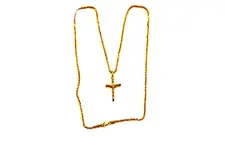Proper swing speed depends on several factors. Firstly, we must note that forward spacing and swing speed are separate, though related, considerations. Experience with your detector will let you know how well it picks up a target at various speeds (I would suggest lots of air tests before you conclude that you know what the sounds mean). This will give you the proper swing speed.
To address swing spacing, please refer to my review of the MicroMax Silver (
http://www.treasurenet.com/forums/tesoro/337325-tesoro-micromax-silver-technical-review.html). Note the shape of the field in the image. This shape was measured by testing detector response to a single object in various parts of the field (as shown by a 1 inch grid "underneath" the coil for alignment, swinging the object instead of the detector). Knowing this field shape, I started saying, "
The first 5 inches are free." This means that my detection circle is 8 inches wide (the full width of the coil) for the first 5 inches of depth. At maximum depth my detection circle is only 2 inches wide. So, if I want to cover 100% of the ground within 5 inches of depth, I should space my swings a full 8 inches apart. If I want to cover 100% of the ground within 8 inches of depth, I should space my swings 2 inches apart. That last 3 inches of depth costs 6 inches of swing spacing. I would highly recommend that everyone create a chart like that for their own detector(s)!






